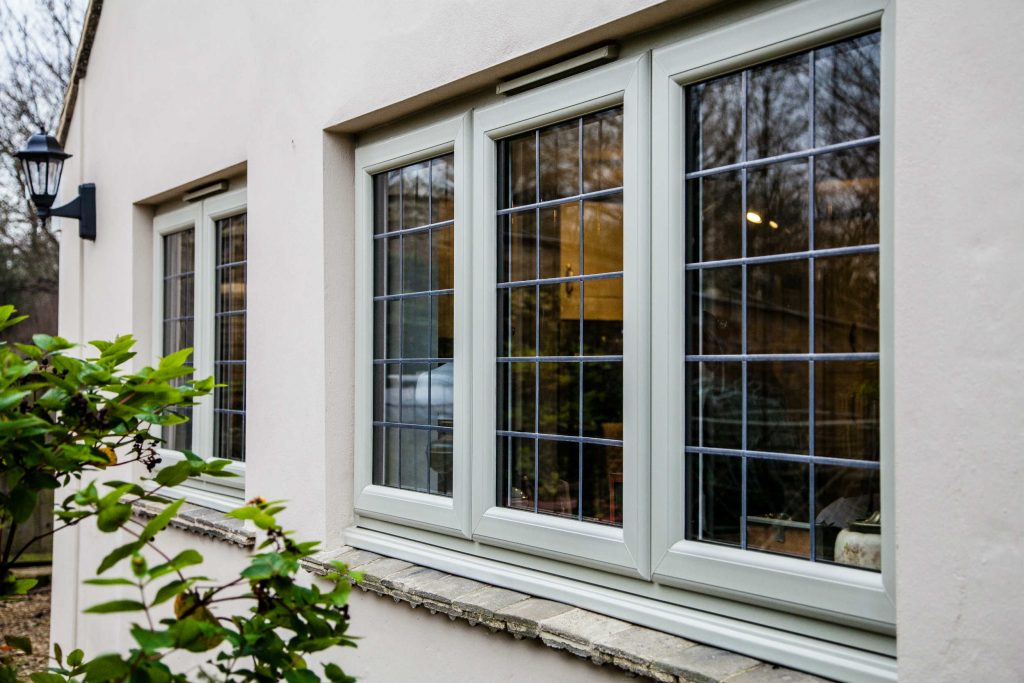All Categories
Featured
Table of Contents
Double Glazed Windows: A Complete Guide in Neerabup Western Australia
Glazing just means the windows in your house, including both openable and set windows, along with doors with glass and skylights. Glazing really just suggests the glass part, but it is usually utilized to describe all aspects of an assembly consisting of glass, films, frames and furnishings. Paying attention to all of these aspects will assist you to attain reliable passive design.

Energy-efficient glazing makes your home more comfy and considerably reduces your energy costs. Nevertheless, unsuitable or improperly developed glazing can be a significant source of unwanted heat gain in summertime and substantial heat loss and condensation in winter season. Approximately 87% of a house's heating energy can be gained and approximately 40% lost through windows.
Which Is The Best Type Of Double Glazing? - Which? - Which.co.uk in Beeliar WA
Glazing is a considerable financial investment in the quality of your home. The cost of glazing and the cost of heating and cooling your house are closely associated. An initial investment in energy-efficient windows, skylights and doors can significantly minimize your annual heating & cooling bill. Energy-efficient glazing also decreases the peak heating and cooling load, which can reduce the required size of an air-conditioning system by 30%, resulting in further expense savings.

This tool compares window choices to a base level aluminium window with 3mm clear glass. Comprehending a few of the crucial residential or commercial properties of glass will help you to choose the finest glazing for your house. Key residential or commercial properties of glass Source: Adapted from the Australian Window Association The quantity of light that goes through the glazing is understood as noticeable light transmittance (VLT) or noticeable transmittance (VT).
Glazing And Glass Options - Smarter Homes in White Gum Valley Western Australia
The U value for windows (revealed as Uw), describes the conduction of the whole window (glass and frame together). The lower the U worth, the higher a window's resistance to heat circulation and the better its insulating worth.
For instance, if your home has 70m2 of glazing with aluminium frames and clear glass with a U worth of 6. 2W/m2 C, on a winter season's night when it is 15C cooler outside compared with inside your home, the heat loss through the windows would be: 6. 2 15 70 = 6510W That is comparable to the total heat output of a big room gas heating system or a 6.
Double Glazing Vs Triple Glazing For Windows (2023) in Darling Downs WA

If you select a window with half the U worth (3. 1W/m2 C) (for example, double glazing with an argon-filled space and less-conductive frames), you can cut in half the heat loss: 3. 1 15 70 = 3255W The solar heat gain coefficient (SHGC) for windows (revealed as SHGCw) determines how readily heat from direct sunlight flows through an entire window (glass and frame together).
The lower a window's SHGC, the less solar heat it transfers to the home interior. Glazing producers declare an SHGC for each window type and design. The real SHGC for windows is impacted by the angle that solar radiation strikes the glass. This is referred to as the angle of occurrence.
Why Should You Have Double-glazed Windows This Summer? in Swanbourne WA
When the sun is perpendicular (at 90) to the glass, it has an angle of occurrence of 0 and the window will experience the optimum possible solar heat gain. The SHGC stated by glazing manufacturers is always calculated as having a 0 angle of occurrence. As the angle increases, more solar radiation is reflected, and less is transferred.
Table of Contents
Latest Posts
Benefits Of Having Double Glazing Windows In The Summer in Westfield Western Australia
Does Double Glazing Have A Vacuum? in Greenmount WA
The Science Behind Double Glazed Windows in Kenwick Perth
More
Latest Posts
Benefits Of Having Double Glazing Windows In The Summer in Westfield Western Australia
Does Double Glazing Have A Vacuum? in Greenmount WA
The Science Behind Double Glazed Windows in Kenwick Perth